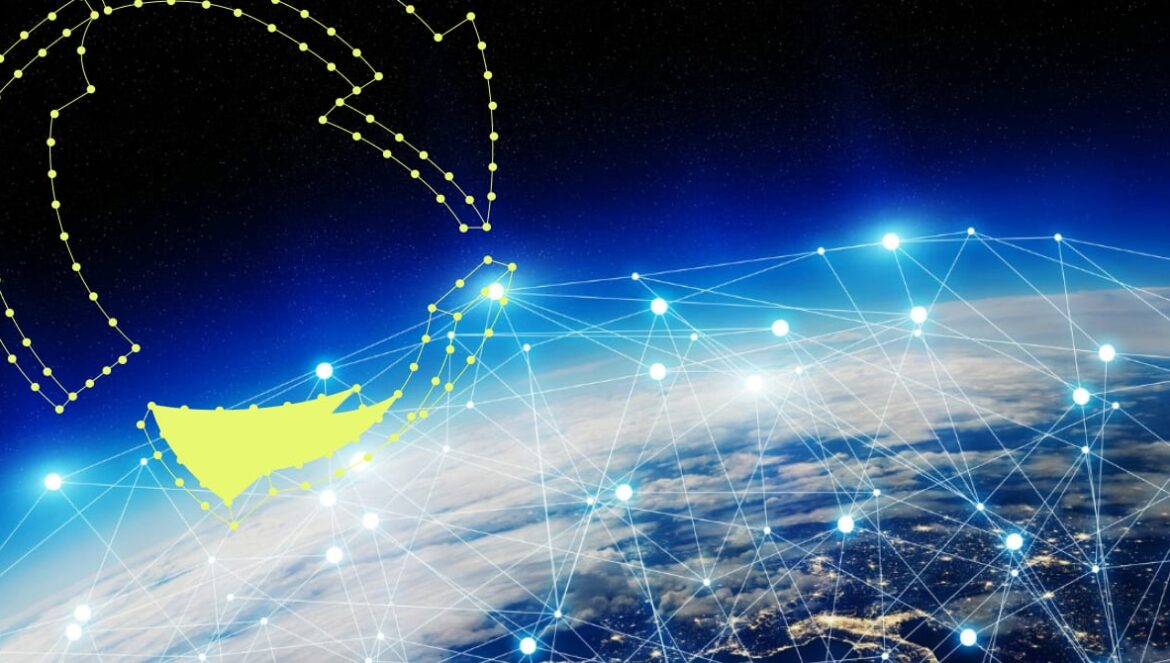An overview of the role of bots in social networks and their negative impact on users and advertisers is becoming increasingly relevant. It is especially important to understand how Facebook defines a bot and why Facebook bans bots to ensure security and trust on the platform. In this article, we will look at the Facebook Bot Calculation Algorithm 2023 and learn how to disguise a bot on Facebook as well as how to hide a bot from Facebook.
How Facebook uses machine learning to detect bots
Calculation of bots on fb using AI
Machine learning is a branch of artificial intelligence that allows computers to learn and make decisions without being explicitly programmed. Facebook is actively using machine learning to calculate Facebook bots. The use of machine learning allows Facebook to analyze a huge amount of data and identify suspicious accounts, speeding up the process of identifying Facebook bots.
Bot detection methods
Facebook uses several methods to detect bots on Facebook:
- Behavior Analysis: Identification of unnatural behavior such as excessive posting or repetitive comments. This method allows Facebook to identify bots that behave abnormally compared to normal users, which in turn helps in identifying Facebook bots.
- Content Analysis: Automatic detection of spam, scams and other inappropriate content. Bots often post spam, spread phishing links, or try to manipulate users. Content analysis helps Facebook identify these accounts and the bots associated with them.
- Account Analysis: Examining user profiles to identify suspicious signs such as inactivity or suspicious friends. Bots often have incomplete information about themselves and strange lists of friends, which may indicate their artificial origin.
How Facebook Counts Bots in 2023
To understand how FB bans bots, you need to understand the algorithms of its work. The Facebook Bot Detection Algorithm 2023 will use all of these methods to detect Facebook bots. The company is constantly improving its algorithms and integrating new machine learning models, allowing them to more effectively detect and block bots.
In 2023, Facebook is expected to use deep learning and neural networks to analyze large amounts of data with even greater accuracy. Such technologies will allow the company to identify bots faster and more accurately, which in turn will ensure the safety of users and advertisers on the platform.
Thus, in 2023, Facebook will continue to actively use machine learning to calculate Facebook bots based on the analysis of user behavior, content, and user accounts. This will allow the company to maintain the security and trust of users on the platform and ensure the quality detection of Facebook bots.
How Facebook is Using Artificial Intelligence (AI) to fight bots
The role of AI in detecting and blocking bots on the Facebook platform
Using AI technology, Facebook can automatically analyze large amounts of data and identify suspicious accounts. This allows the company to identify bots faster and more accurately, which in turn helps ensure the safety of users and advertisers on the platform. Thanks to AI, Facebook can adapt to new bot strategies and tactics by constantly improving its detection and blocking methods.
Overview of the use of AI technologies in the fight against bots on Facebook
Artificial intelligence (AI) plays an important role in helping Facebook detect and counter bots. Here are a few key AI technologies used in the fight against bots on the platform:
- Deep Learning and Neural Networks
Facebook actively uses deep learning and neural networks to analyze user behavior, content and accounts on the platform. These methods allow the system to automatically detect anomalies or suspicious activity that may indicate the presence of bots.
- Natural Language Processing (NLP)
Facebook uses natural language processing (NLP) technologies to analyze the content posted on the platform. This allows the system to determine if the content is suspicious or spam, which may indicate bot use. NLP also helps identify repetitive patterns and phrases that may be characteristic of bots.
- Social network analysis
Facebook also uses social media analysis to identify suspicious accounts and bots. This includes analyzing the structure and relationships between accounts on the platform, which can detect anomalies such as groups of accounts that only interact with each other or exhibit unnatural connection patterns.
- Ensemble Methods and Reinforcement Learning
To improve the efficiency of bot detection, Facebook uses ensemble methods and reinforcement learning. This allows different AI algorithms and methods to be combined to create a more powerful and reliable detection system that can adapt to new bot strategies and tactics.
- Adaptive systems and self-learning
Facebook is also investing in building adaptive AI systems that can learn and improve on their own based on new data and information. This allows systems to quickly respond to and counteract the emergence of new types of bots, minimizing their harmful impact on the platform.
Using AI to discover new types of bots and improve methods of dealing with them
Facebook is constantly developing new AI-based bot detection algorithms and methods to counter new types of bots and their camouflage. The use of AI allows the company to anticipate and adapt to changes in bot behavior, making the bot detection process more accurate and efficient.
With the help of AI, Facebook can also analyze and identify new strategies and tactics used by bots in order to improve its methods of dealing with them and preventing them from operating on the platform. This includes using machine learning algorithms to analyze user behavior, content and accounts, as well as implementing new deep learning models and techniques to detect more complex and unusual types of bots.
In general, the active use of artificial intelligence in the fight against bots allows Facebook to significantly increase the level of security and trust of users on the platform, as well as provide better and more effective detection and blocking of bots.
How Facebook provides security and Trust on the platform
Facebook’s fight against Bots: an overview of security measures and their impact on user trust
Facebook’s fight against bots is one of the company’s priorities, especially in light of the ever-increasing number of abuses and fraud on social networks. In this context, Facebook takes many security measures that help detect and block suspicious accounts, thus ensuring the safety of users and advertisers on the platform.
Facebook’s key security measures to combat bots are:
- Auto-delete bots and block accounts: Facebook continuously monitors activity on the platform and automatically deletes or blocks accounts that are detected as bots. This allows the company to quickly respond to new threats and minimize the harm caused by bots, as well as protect users and advertisers from inappropriate content and fraud.
- Implementation of machine learning and AI algorithms: As mentioned earlier, Facebook is actively using machine learning and artificial intelligence technologies to analyze large amounts of data, which can identify and block bots with high accuracy. These technologies also allow the company to quickly adapt to new strategies and tactics of bots to combat them more effectively.
- Cooperation with government and law enforcement: Facebook is actively working with external organizations to share information about new threats and solutions to combat bots. This collaboration allows Facebook to share data and analytics with experts and gain access to new methods for detecting bots.
The role of security measures in ensuring the trust and safety of users and advertisers on the Facebook platform
Thanks to Facebook’s active fight against bots and the use of security measures, users and advertisers can be sure that their content and ads will not be associated with fraud or spam. This ensures the trust and security of users and advertisers on the platform, which is the basis of a stable and prosperous community.
In addition, the use of security measures and the active fight against bots by Facebook helps the company prevent the spread of fake news, manipulation and other negative phenomena associated with the use of bots. In this way, Facebook contributes to a healthier and more transparent information environment on its platform.
As a result, Facebook is committed to providing a high level of security and trust on its platform by actively improving its anti-bot practices and continually introducing new security measures. This allows users and advertisers to work with the platform in the confidence that their interests and data are under reliable protection.
Conclusion
In this article, we took a closer look at the active security measures and technologies used by Facebook to detect and block bots on its platform. The priority direction of the company’s work is the fight against bots, which includes the use of machine learning, artificial intelligence, analysis of behavior, content and user accounts. All these methods allow Facebook to detect and block suspicious accounts with high accuracy and efficiency.
However, despite Facebook’s best efforts, Facebook’s bot disguise still poses a challenge for the company. Bots are becoming more sophisticated in their cloaking techniques, and the developers behind them are constantly looking for new ways to bypass security systems. In this regard, Facebook must constantly improve its detection algorithms and methods in order to counter new threats and maintain the trust of users and advertisers.





